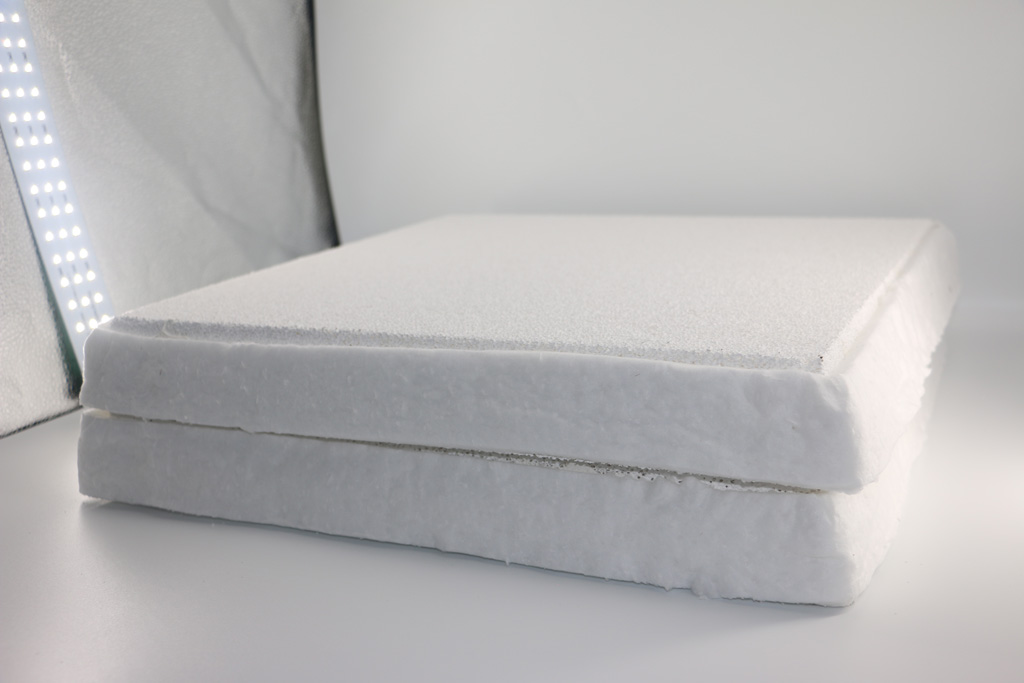
26 10月 Molten Aluminum Filter Braz Aluminium
Molten Aluminum Filter Braz Aluminium can remove oxides on the aluminum surface, thereby improving the quality of castings. Nowadays, more and more aluminum plate and aluminum foil manufacturers are using these filters.
The China Aluminum Ceramic Foam Filter uses polyurethane foam as a carrier and immerses it in a coating composed of ceramic powder, binder, sintering aid, suspending agent, etc., and then extrudes the excess coating to make the ceramic coating evenly Coated on the carrier. The skeleton becomes a green body, and the green body is dried and fired at a high temperature.
Ceramic foam filter, manufacturing porosity index
This standard stipulates that the porosity index exceeds 84%.
Hole uniformity is used to describe the difference between the actual number of holes per 25.4 mm length of the filter plate and the theoretical required number of holes.
The smaller the gap, the better the product quality. If the gap is too large, it will cause the foam ceramic filter to reduce the ability to trap impurities or reduce the melt flow rate, which may not be able to meet the production requirements of individual users.
The uniformity of the pores mainly depends on the foam used to make the filter plate.
The uniformity of the foam holes is good, and the uniformity of the filter plate holes is good, so the choice of foam is extremely important.
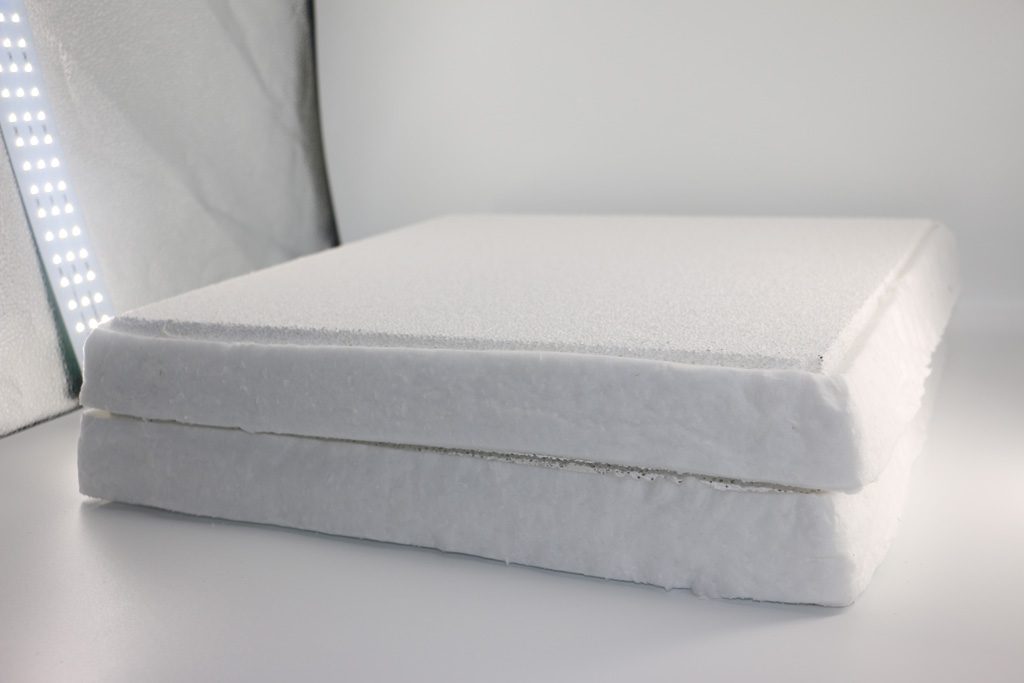
Adtech is one of the largest Ceramic Filter Suppliers in India and the global industrial market.
The company provides aluminum sheet and aluminum foil manufacturing customers with the parameters and prices of high-quality filters through sales@adtechamm.com.
Molten Aluminum Filter Braz Aluminium for aluminum castings is the most widely used filter in the field of aluminum liquid filtration.
The advantages are high porosity, high filtration efficiency, convenient replacement, low cost, strong adaptability, and the ability to separate solid and liquid inclusions.
The disadvantages are low temperature resistance, short service life (mainly one-time use), and low filtration capacity.
As of 2016, Rusal is the second largest aluminum product company in the world. The company accounts for 9% of the world’s primary aluminum production and 9% of the world’s alumina production.
RUSAL was formed by the merger of the alumina assets of RUSAL (Russkiy alyuminiy), SUAL and Glencore in March 2007. According to statistics, UC Rusal accounts for 6.2% of the world and primary aluminum production accounts for 6.5% of the world’s alumina production. It operates in 13 countries on five continents and employs more than 61,000 employees in its international operations and offices.
RUSAL United was incorporated in Jersey, with a financial center there, and its headquarter is in Moscow. It is a listed company with shares listed and traded on the Moscow Stock Exchange, the Hong Kong Stock Exchange and the European Stock Exchange.
In 2016, RUSAL’s revenue was 7.98 billion U.S. dollars, operating income was 1.35 billion U.S. dollars, net income was 1.18 million U.S. dollars, total assets were 14.5 billion U.S. dollars, and total equity was 3.3 billion U.S. dollars.
In the past year, strong global demand for aluminum products has ensured a good market environment for the aluminum production industry. The global aluminum product giant Rusal United Corporation has also achieved good operating and financial performance.
A few days ago, RUSAL released its 2017 full-year operating results and its fourth quarter report. The data showed that aluminum production in 2017 was 37.07 million tons, a year-on-year increase of 0.6%.
Aluminum sales volume was 39.55 million tons, a year-on-year increase of 3.6%.
Realized revenue of 9.969 billion U.S. dollars, a year-on-year increase of 24.9%.
Net profit was US$1.222 billion, a year-on-year increase of 3.6%.
In the fourth quarter of 2017, aluminum output totaled 944,000 tons. Siberian smelters accounted for 94% of total aluminum output. The dynamics of total output remained roughly stable, and the capacity utilization rate reached 97%.
. In 2017, global aluminum demand increased by 6%, while aluminum prices rebounded by 22.7%, effectively supporting Rusal’s performance.
Although the performance is good, Rusal’s net profit growth rate in 2017 was much smaller than the revenue growth rate.
After combing through the annual report, a reporter from China Business News found that in July 2016, Rusal sold its entire stake in Alumina Partners of Jamaica to Chinese state-owned industrial group Jiuquan Steel for a consideration of US$298 million.
In addition, profits from associates and joint ventures also decreased by US$228 million to only US$620 million, a drop of 26.9%.
China’s aluminum industry has been solving the problem of overcapacity for many years and has achieved results.
During the winter production cuts, most aluminum smelters have been closed. Will these production capacities usher in retaliatory growth at an appropriate time in the future?


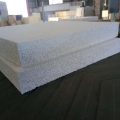
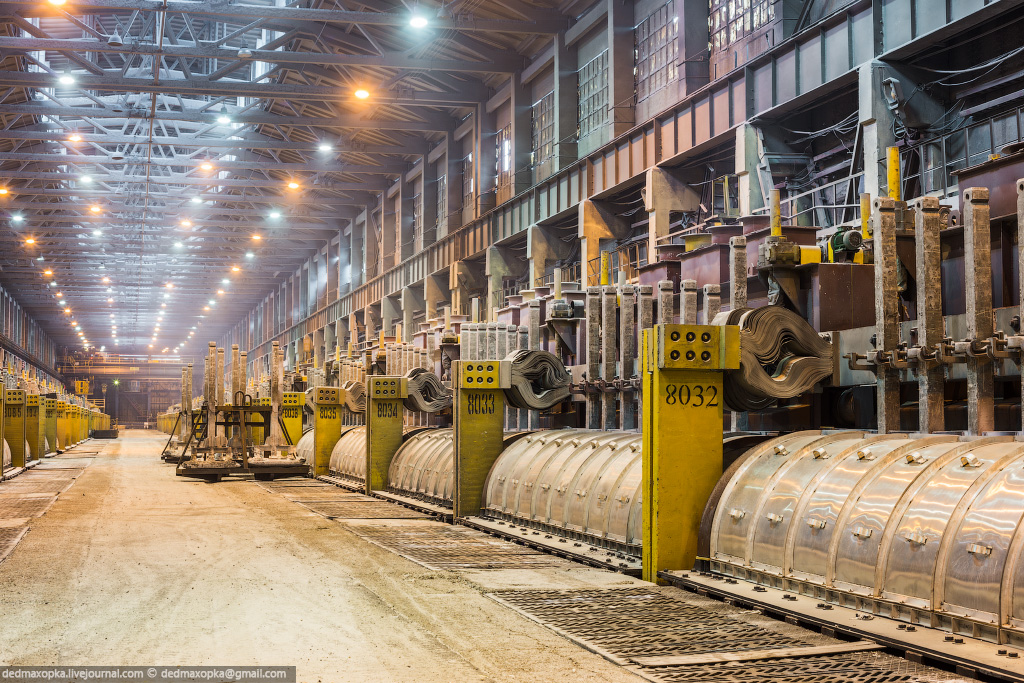
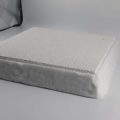
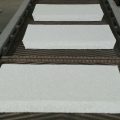
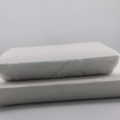
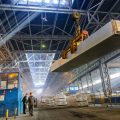
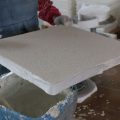
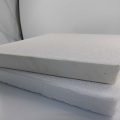
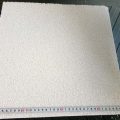
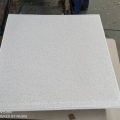
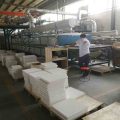
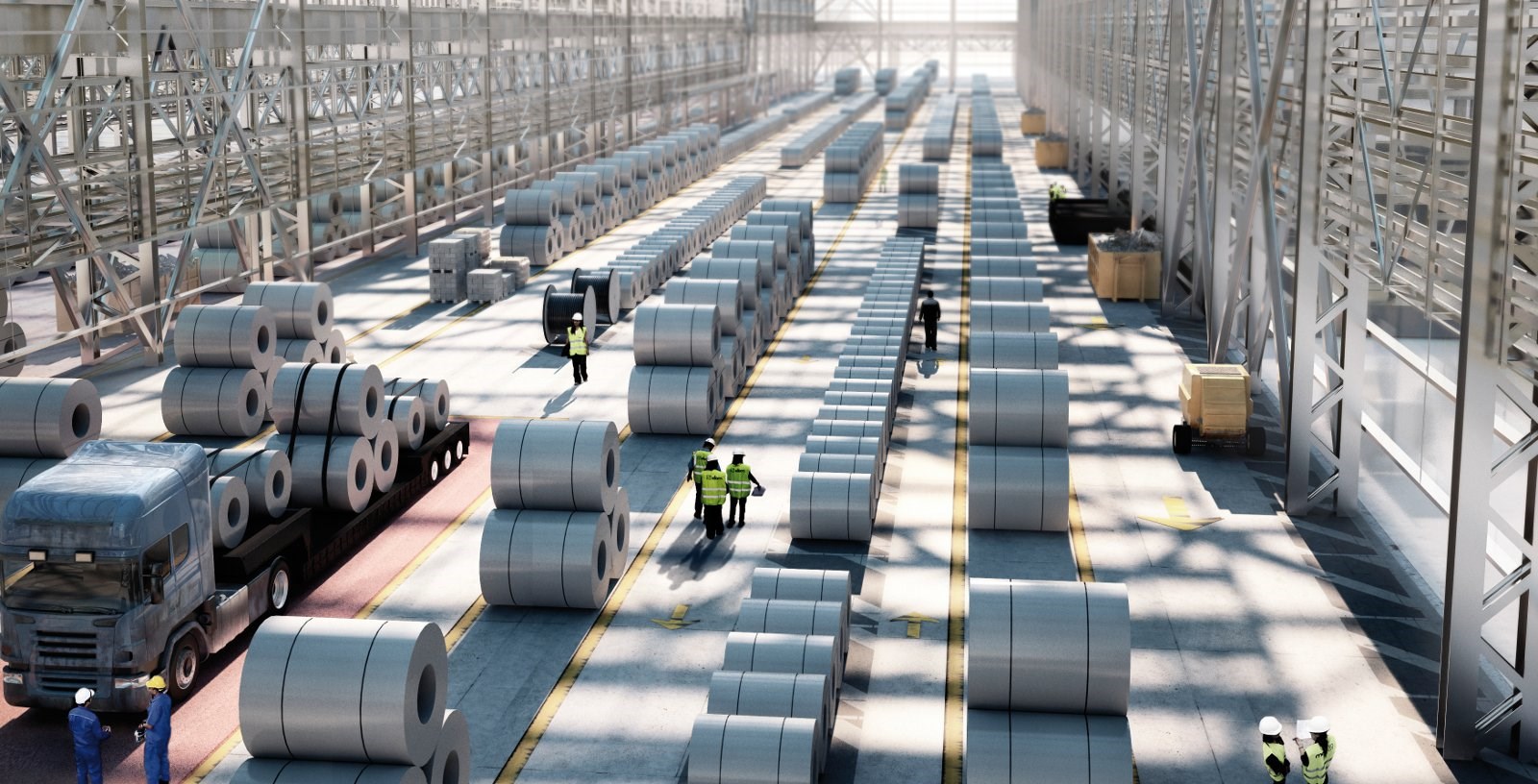
No Comments